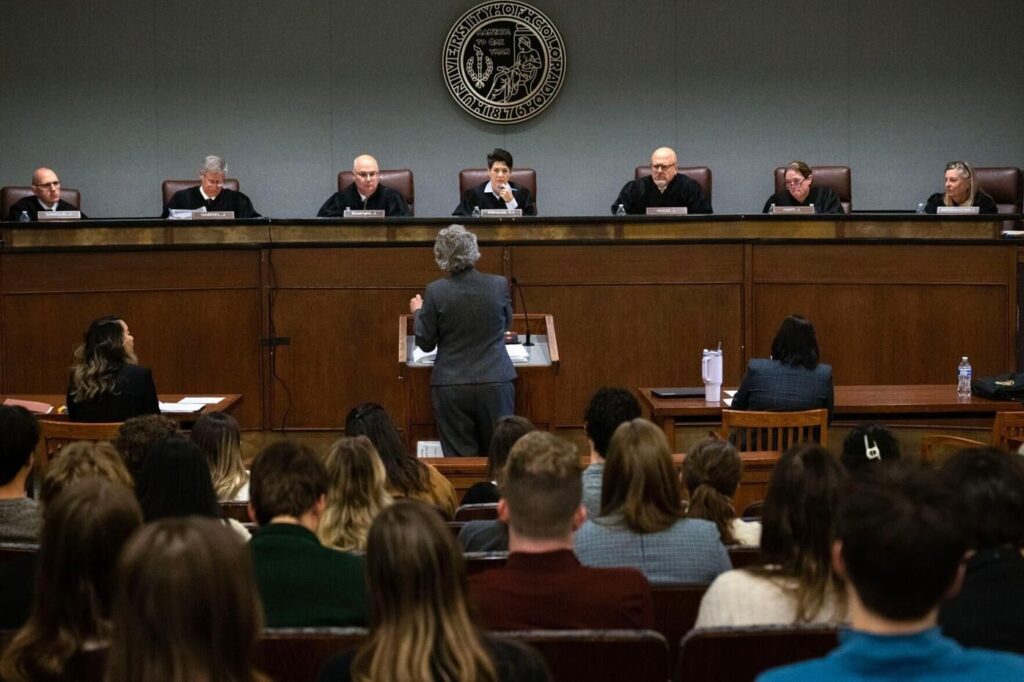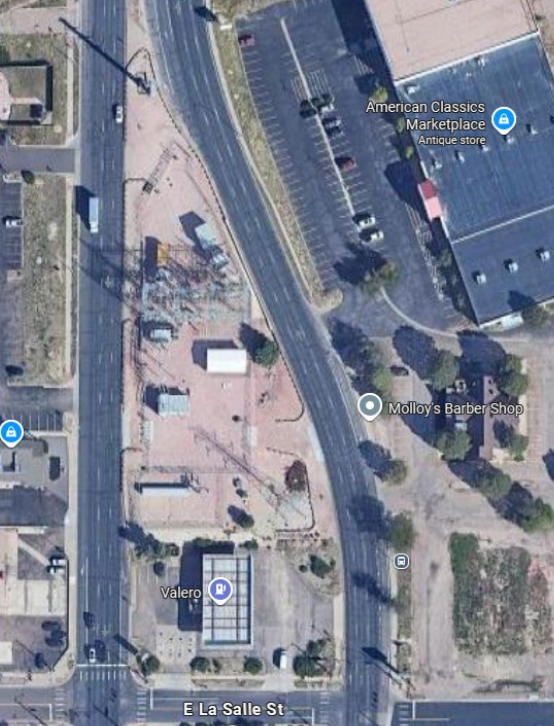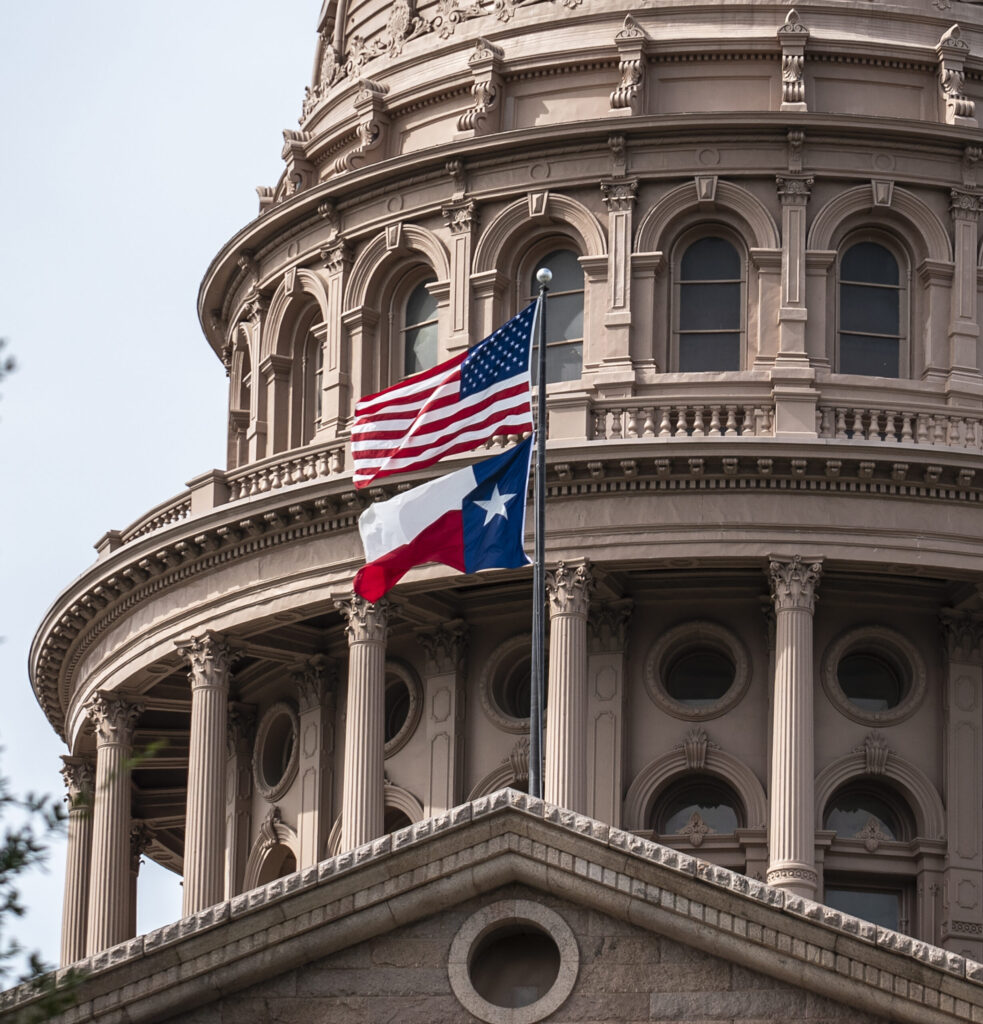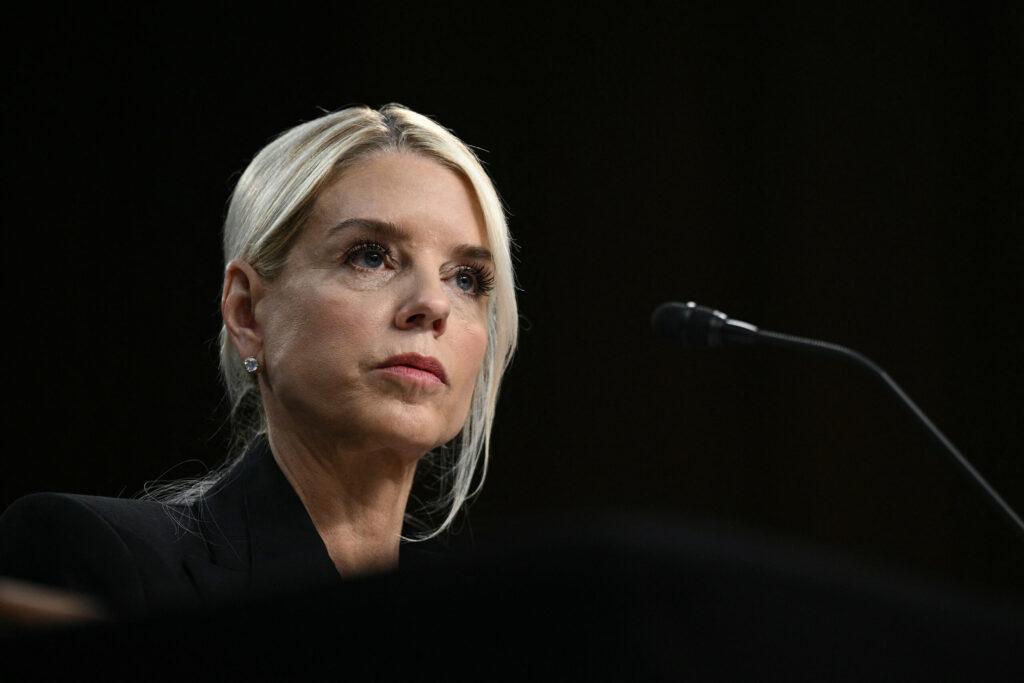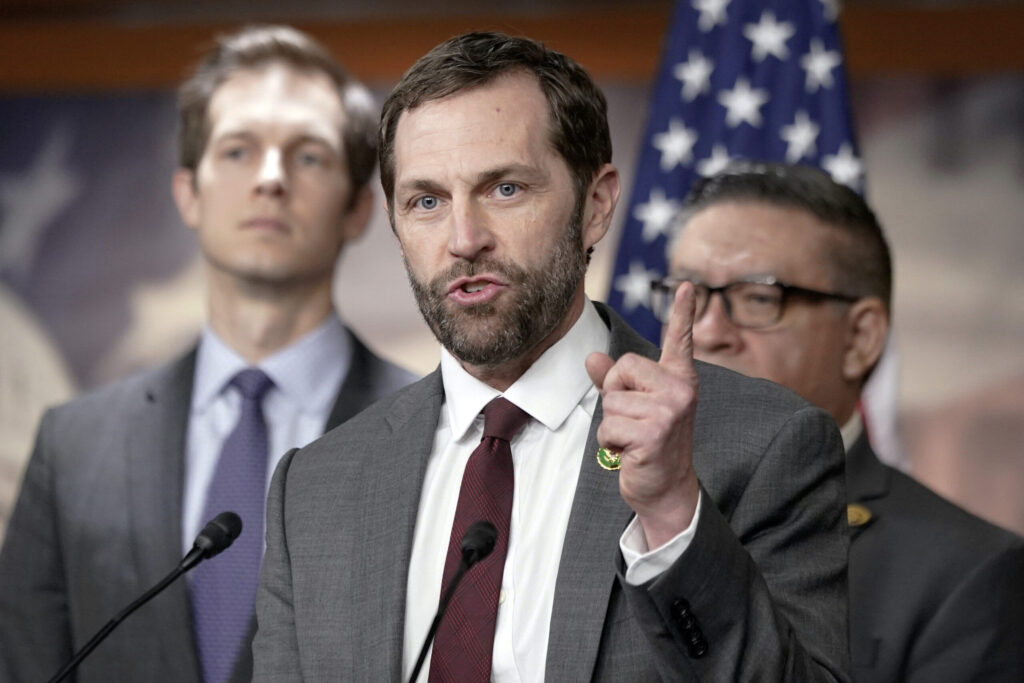Rural Reckoning | Beset by constant budget pressures, rural hospitals serve patients — and local economies
Colorado’s rural hospitals are teetering on the edge of financial collapse, burdened by rising costs, shrinking reimbursements and a growing list of state and federal regulations, according to the Colorado Hospital Association.
In Colorado, half of the 88 acute care hospitals are in rural or frontier counties.
The difference between rural and frontier healthcare depends on population density. A rural county in healthcare is defined as a non-metropolitan area that does not contain a city with a population of more than 50,000 people. A frontier county has a population density of six or fewer people per square mile.
Frontier counties represent the most sparsely populated areas within the broader category of rural counties, according to the Colorado Department of Health Care Policy and Financing.
In Colorado’s 64 counties, 24 of them meet rural designation requirements, while 23 are labeled as frontier.
These healthcare woes quickly become a major issue for Minority Whip Sen. Cleave Simpson, a Republican from Alamosa who said he originally entered politics because he is worried about rural water rights.
“I live in a community where just providing basic services at my rural hospital in particular always puts them under pressure and on the very near cusp of complete collapse,” said Simpson, who became more worried as he got more educated on the obstacles providers face. “As a state, we just can’t afford to have that happen. In my communities, individuals can’t afford for that to happen.”
Joe Thiene, the CEO of the Southwest Health System, a 20-bed critical access hospital in Cortez, said it serves as a corridor between Durango and Utah, noting that, without it, a resident would have to travel over a mountain pass to access higher-level care.
“The remoteness is very real for us,” Thiene said.
On June 23, Theine had joined a panel discussion on rural healthcare during the annual Western Governors’ Conference in Santa Fe.
Janessa Graves, of the Rural Health Research Center in Washington, and Christina Campos, of Guadalupe County Hospital, a 10-bed general acute care facility in Santa Rosa, N.M., joined Thiene. The three panelists agreed that, regardless of a rural hospital’s location in the U.S., it is likely struggling to survive.
An economic driver
Besides providing critical healthcare, Thiene said the Cortez hospital is an economic driver, noting that it is the second-largest employer in the area.
“We’re larger than the school districts,” he said. “We’re larger than the local governments within the county and municipalities. And so, I think about what we’re delivering to the community in terms of health and vibrancy. It’s more than just the impact on the individuals and their health; it shouldn’t matter where you live in terms of health outcomes.”
According to the Colorado Hospital Association’s latest numbers from 2023, rural hospitals in Colorado:
• Cared for 34,000 inpatients
• Delivered 4,860 babies
• Stabilized 310,000 people
• Cared for 500,000 patients
• Employed 16,000 employees
• Provided $6.6 billion in indirect economic impact
Thiene said rural hospitals also offer higher-paying jobs in the area.
“So, when you look at the median income for healthcare workers that we pay, it’s much higher than the average household income for families that are living in the area that we serve,” he said. “And so, as rural healthcare goes, or as our hospital goes as an employer, so goes a lot of second and third order impacts in terms of the local economy.”
Theine said employees do not just mean doctors and nurses — they also include people in food services, janitorial support and other fields that are required to keep the hospital open and meet regulatory requirements.
The problem, as outlined by Campos, is that people do not understand the cost of keeping the doors open at a rural hospital. The fees are fixed and rarely fluctuate, she stressed, noting that it costs about $40,000 per day to keep the doors open in Guadalupe County.
In Cortez, Theine said the fixed amount is approximately $215,000 per day, regardless of whether the hospital sees one or 200 patients. The hospital is open 24/7, he said, which means that x-ray machines, heart monitors, and all equipment must be ready to use at any moment — day or night and staff must be available to operate it.
While hospitals face fixed costs to stay open, it doesn’t mean the funding is stable, making it a balancing act to maneuver between state and federal funding streams, the health officials said.
Workforce shortages have also become another obstacle to managing rural healthcare facilities. The lack of affordable housing and amenities deters many from relocating to work in a rural hospital, Theine said.
That has led to hospital officials to get more creative, recruiting and educating students out of high school with the hopes that, after they get their education, they may return to work where they grew up.
In contrast, Theine said doctors and nurses who come to a hospital for residency are less inclined to stay.
The hospital in Cortez is currently working to partner with community colleges, four-year programs, local universities, and others, aimed at keeping local students interested in pursuing their goals.
Medicaid worries
As Congress recently adopted the Trump administration’s budget bill, healthcare providers are worried about its implications for Medicaid.
The debate comes as Medicaid costs continue to rise under the Affordable Care Act. Forty states, including Colorado, and Washington D.C. have expanded Medicaid eligibility.
Critics have argued that reforms are necessary to address increasing costs and ensure the long-term sustainability of the program. They also pointed to the nation’s $36 trillion debt, as well as the federal government’s $1.8 trillion deficit from the previous year.
One study, from a group called Paragon, noted that the federal government has paid for an increasingly larger share of Medicaid expenses, with the “Obamacare” expansion responsible for much of that shift. The group claimed the expansion led to Medicaid resources being diverted from children and individuals with disabilities to “able-bodied, working-age adults.”
The new categories of eligible enrollees receive a much higher federal reimbursement rate, leading to a diversion of resources away from traditional Medicaid enrollees, particularly low-income children and people with disabilities,” a “near quadrupling” of Medicaid’s “improper payments” and a “surge of spending” that contributed to the growing federal deficit, the group said.
Another study said states employed strategies to “artificially inflate their Medicaid spending to maximize the federal reimbursement.”
Republicans also defended the Medicaid cuts as only affecting immigrants staying in the country unlawfully who shouldn’t be receiving the subsidies to begin with.
Democrats, meanwhile, claimed millions will be eliminated if states do not step in to fill the gaps.
Due to the Medicaid cuts, Gov. Jared Polis is currently considering calling a special session to convene the state legislature, which will have to review healthcare costs in a year that already started with a $1 billion budget deficit.
Polis told Colorado Politics that the state of rural healthcare is in the “reactive” stage, meaning action has to be taken immediately.
“This is directly because of changes federally,” Polis said. “There’s things in (the federal budget) that I like — no taxing on tips is good. But, any cuts to healthcare affects everybody. The big hospitals in Colorado Springs and Denver won’t be put out of business, but rural hospitals cannot survive.”
Sen. Barbara Kirkmeyer, a Republican, earlier said the state was already in a structural deficit even before the federal budget bill was adopted and scoffed at Democrats for now blaming the federal government — or even the Taxpayer’s Bill of Rights — for the state’s fiscal woes.
Like it or not, Campos said Medicaid is the system in place and it’s what rural hospitals rely on, noting that if significant cuts continue, New Mexico could see up to eight hospitals go “belly up” in the coming year.
“Because given these dramatic cuts, we will lose rural health care delivery providers,” she claimed.
Thiene said the Medicaid dilemma is that the responsibility has to be balanced between the federal and state governments.
“If we don’t have that in the right balance, then when we travel across our great nation, we’re not gonna be able to rely on healthcare being where we go,” he said. “And that’s part of that federal responsibility that we need to ask our elected officials to uphold it.”
Colorado Politics Must-Reads:




